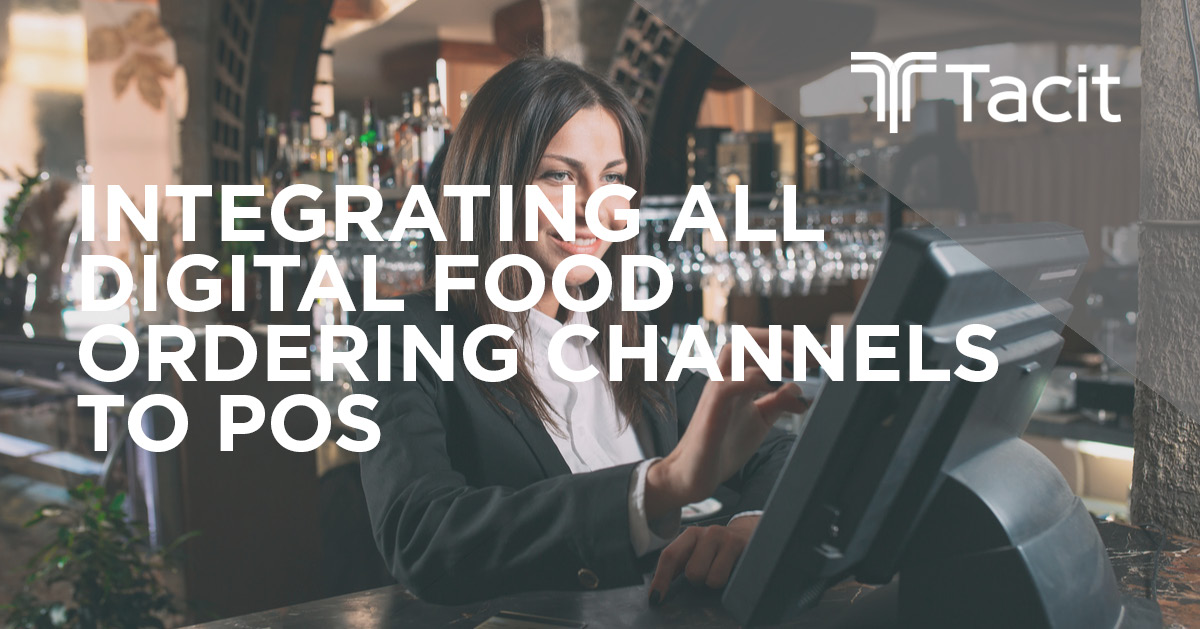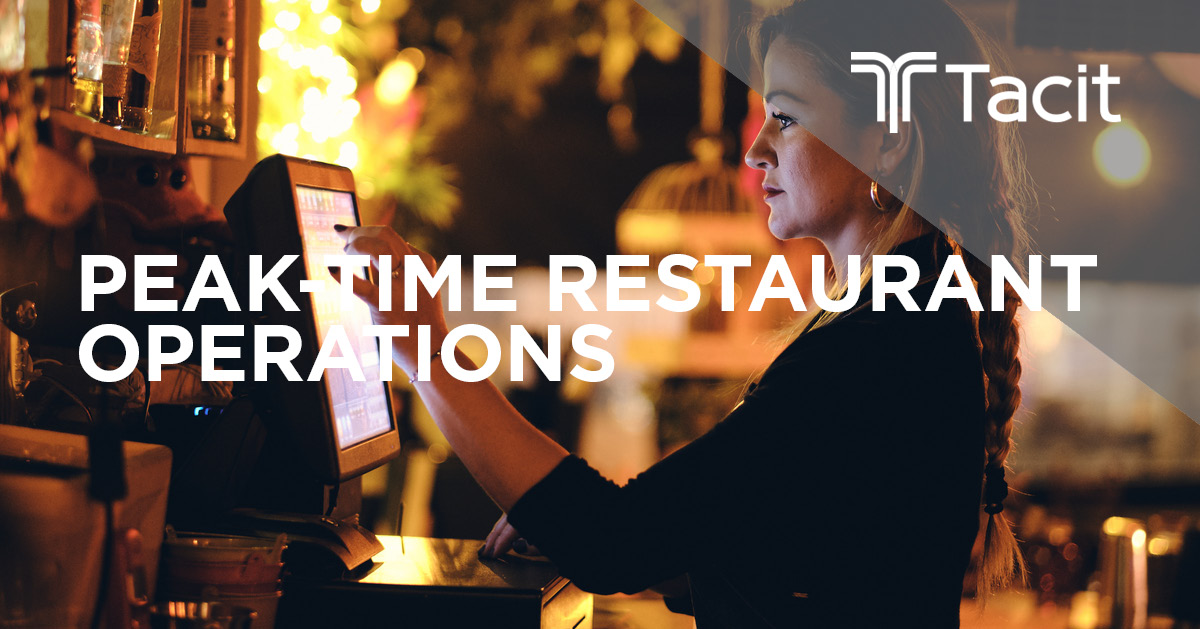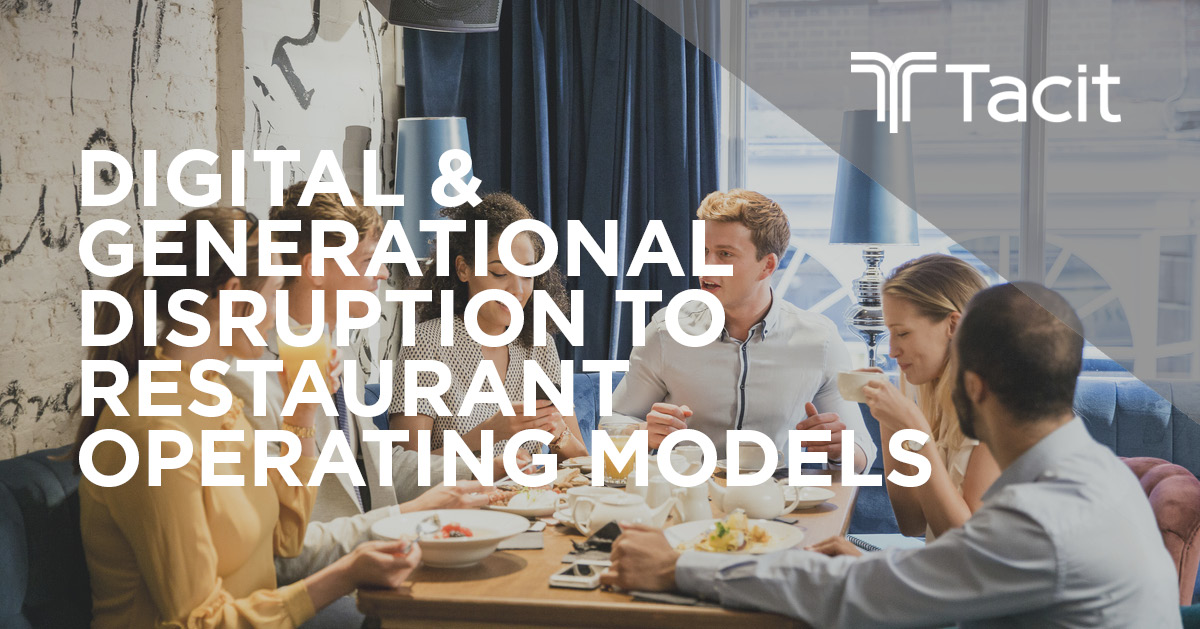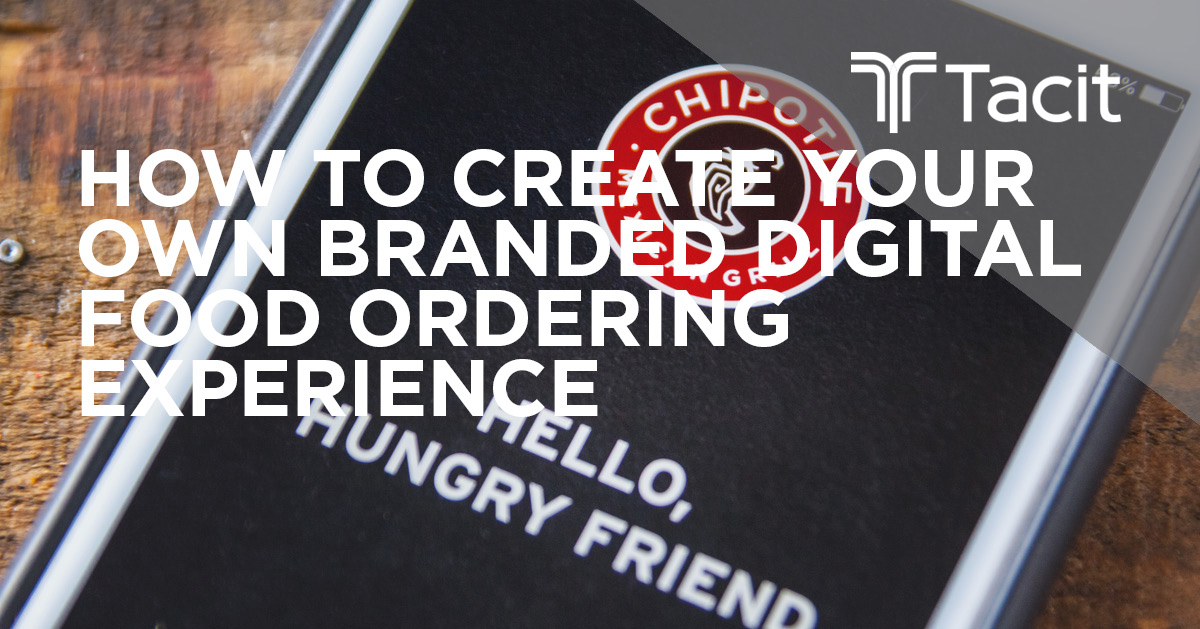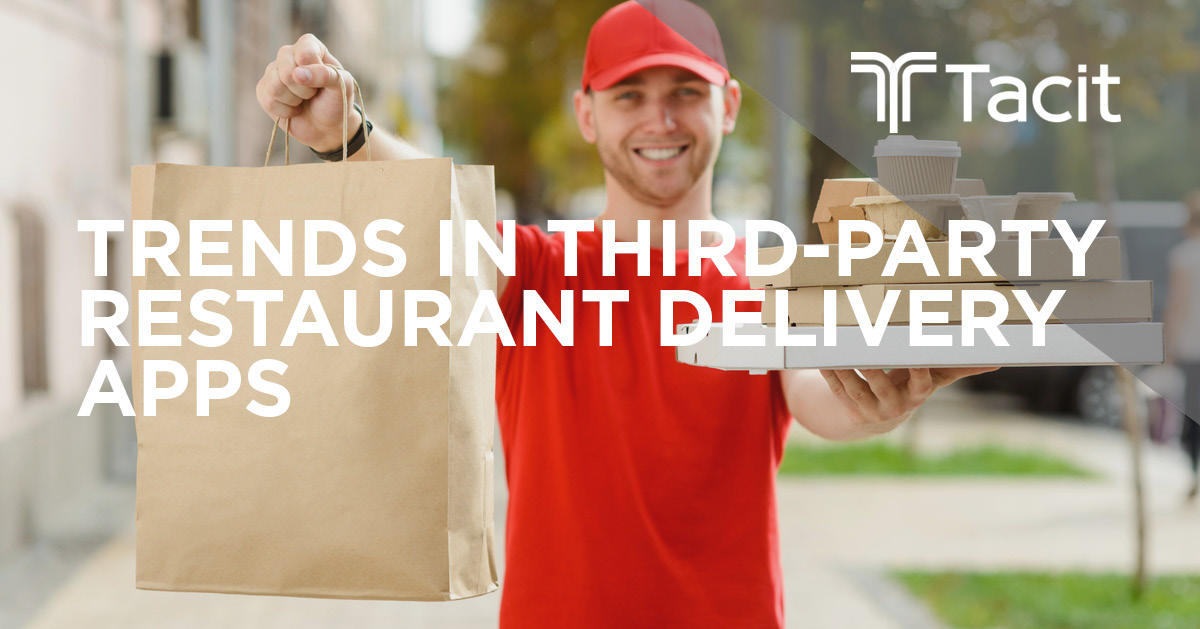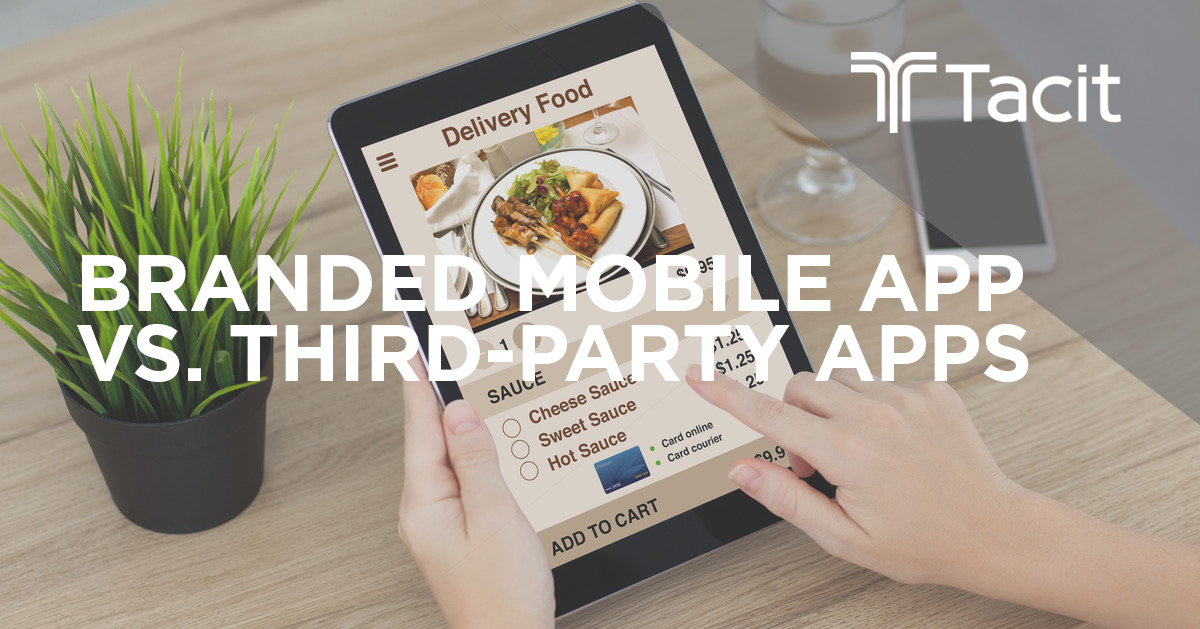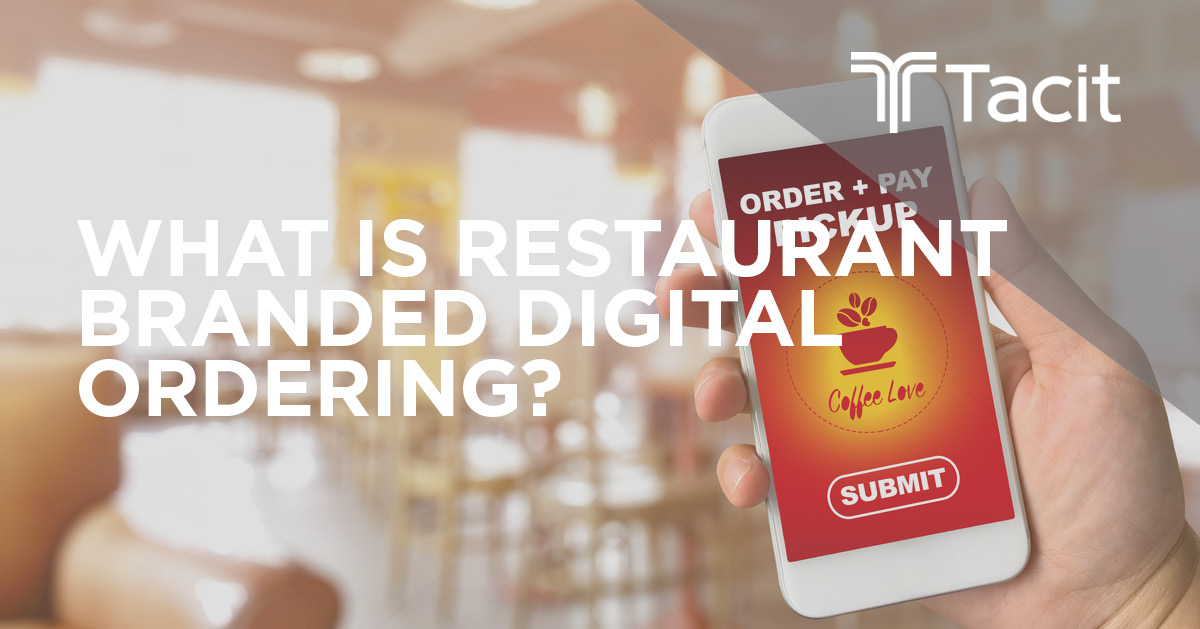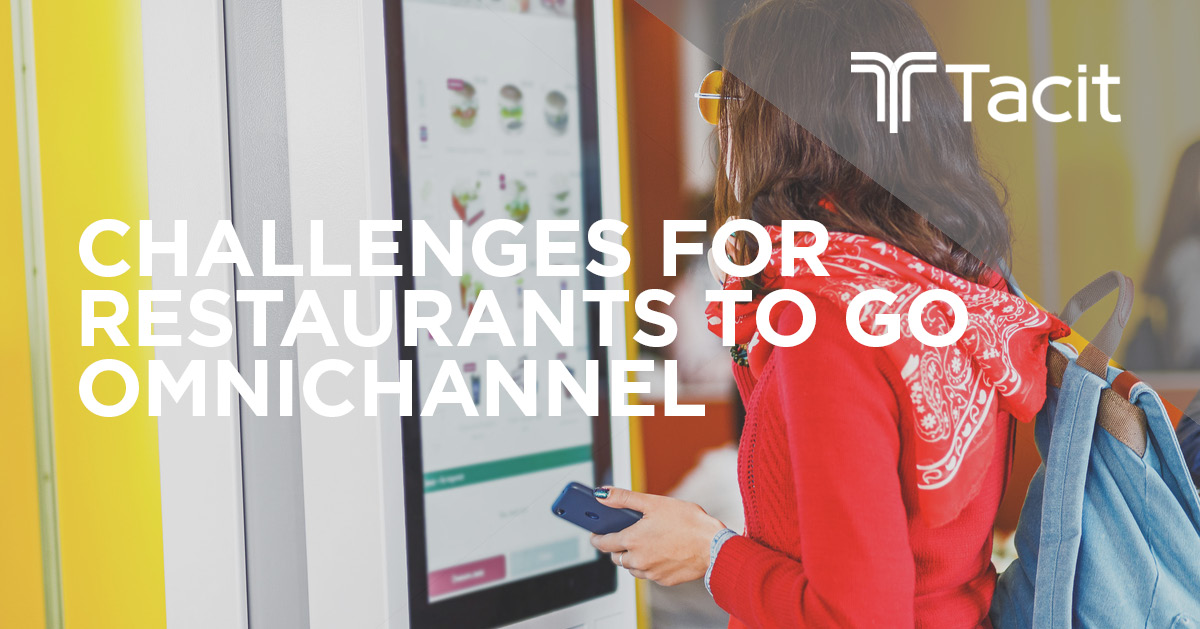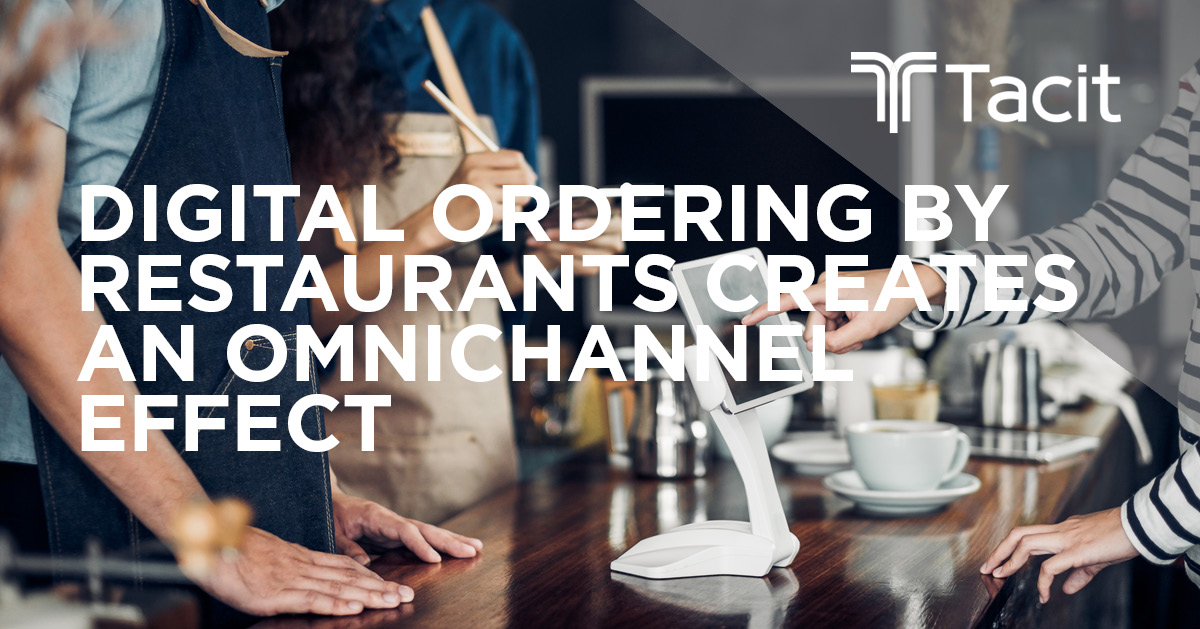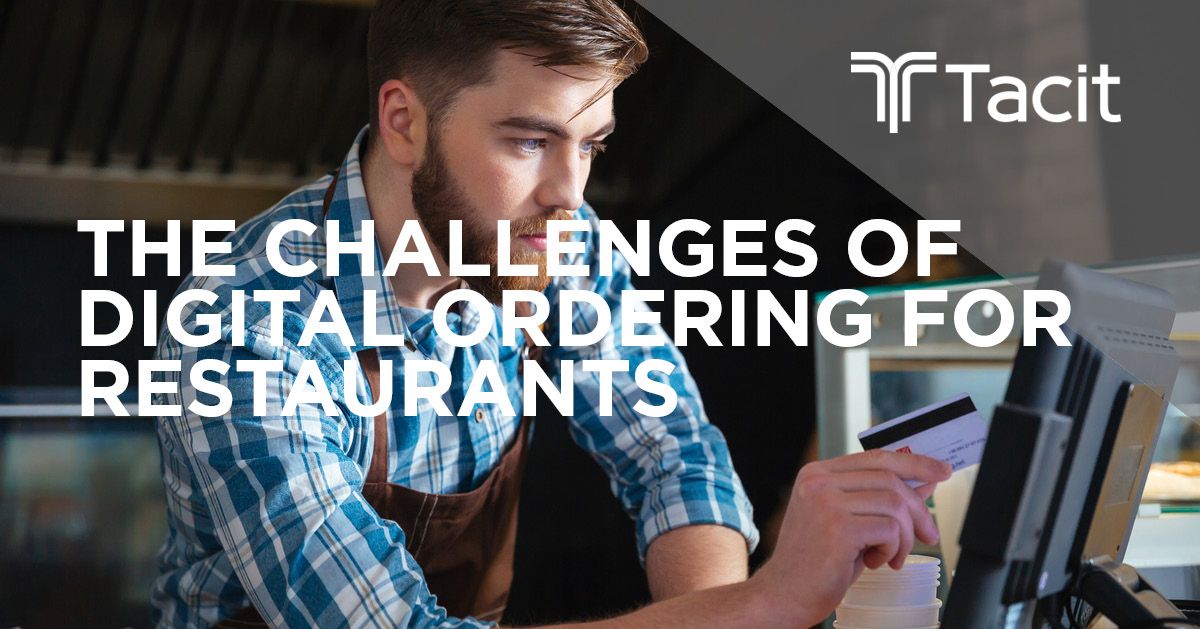08 Aug The Value of Integrating all Digital Food Ordering Channels With Your Point of Sale System
Company-owned apps, third-party delivery services, desktop, and mobile websites, and texting emojis make up some options customers have for ordering their favorite foods. Unfortunately, restaurant operators continue to fall behind their competitors for a common reason; their POS was not originally designed with integration with...

